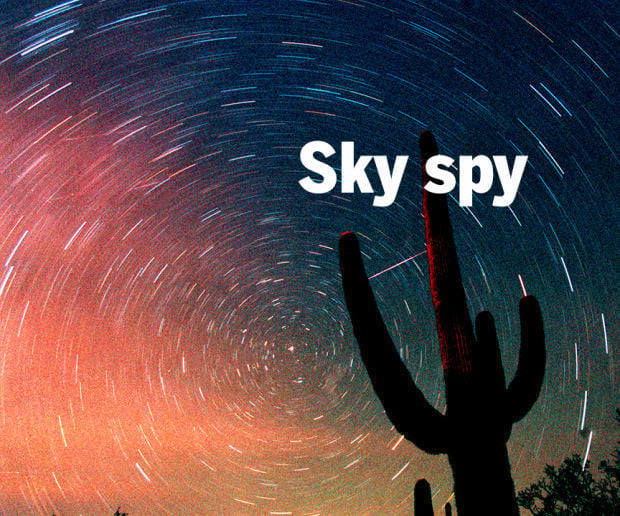The moon brightens the evening sky for the next two weeks, but Venus and Mars remain close and form a beautiful pairing in the evening after sunset.
Take a look at them Thursday in the western sky around 6:45 p.m. Contrast the bright white color of Venus with the red of Mars. They will only be 2 degrees apart with Mars slightly to the right of Venus and closer to the horizon.
By 7 p.m. you should be able to see Canopus, the second brightest star in the sky, skimming along the southern horizon. Toward the east nearly overhead will be the 8-day-old moon 12 degrees north of Betelgeuse in Orion the Hunter.
On Monday night look east at 7 p.m. to see the bright 12-day-old moon 5 degrees to the south (right) of Jupiter. Jupiter is bright enough it should still be visible next to the nearly full moon. The moon and Jupiter are west of Leo the Lion, which is barely risen.
Leo will be somewhat hard to see in the twilight and because of the bright moon. On Tuesday night the Moon will be farther east and only 5 ½ degrees west of Regulus, the brightest star in Leo. Regulus is a reasonably bright star, but it will be somewhat hard to perceive next to the moon.
The ecliptic, the part of the sky through which the sun appears to travel over the course of the year, goes through Leo. The moon and planets follow a similar path, and every month the moon travels through Leo, sometimes even passing in front of (occluding) Regulus.





